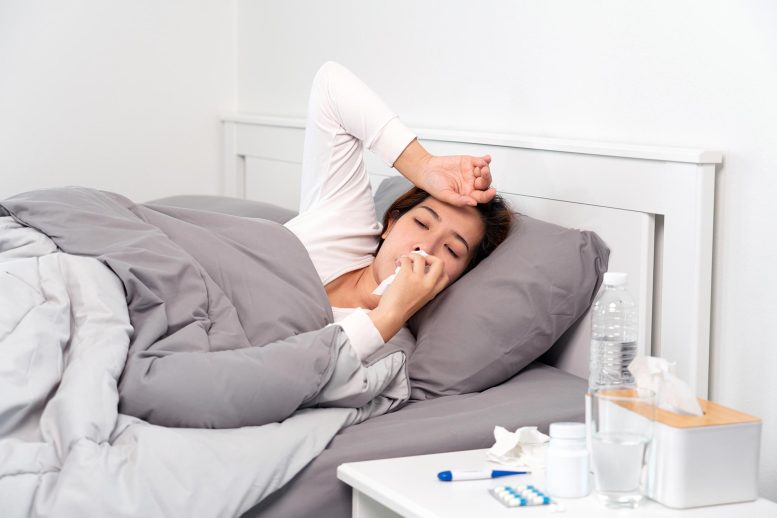
A study by Scripps Research and eMed digital medicine shows a surprisingly high percentage of COVID-19 rebound cases in both untreated individuals and those treated with Paxlovid.
Preliminary results from a Scripps Research and eMed digital medicine study show an unexpectedly high proportion of COVID-19 rebound cases in untreated people, as well as those treated with Paxlovid.
“COVID rebound,” in which evidence of the illness disappears and then returns days or weeks later, is surprisingly common—whether or not patients are given the antiviral Paxlovid.
The results, reported recently in the journal Clinical Infectious Diseases by scientists at Scripps Research and the digital health company eMed, are a preliminary readout from an ongoing observational study of people who order SARS-CoV-2 antigen test kits online. The researchers found that in an initial group of 170 eMed Test-to-Treat™ kit users, the disappearance and then return of evidence of the virus on antigen tests and in self-reported COVID-19 symptoms occurred in 9.3% and 7.0% of patients who opted not to take antiviral treatment, and in 14.2% and 18.9% of those who opted for Paxlovid.
Although a higher proportion of the Paxlovid-treated group reported COVID-19 rebound, the difference was not statistically significant in this early snapshot of the ongoing study, which is designed ultimately to enroll a total of 800 patients.
“These preliminary results suggest that rebound after clearance of SARS-CoV-2 test positivity or COVID-19 symptom resolution is more common than previously reported in both treated and untreated patients,” says study lead author Jay Pandit, MD, an assistant professor and director of Digital Medicine at the Scripps Research Translational Institute. “We’re going to need a larger set of participants and more extended follow-up to better understand this rebound phenomenon.”
The study, conducted from August to November of last year, was a collaboration with eMed, including epidemiologist and Chief Science Officer Michael Mina, MD, PhD, previously professor at Harvard T.H. Chan School of Public Health, and others at the Test-to-Treat company, which is also implementing the NIH Home Test to Treat COVID-19 program.
Reports of COVID-19 rebound started appearing in the medical literature in 2022. The cause of rebound has been unclear, although the suggestion in most of these reports has been that rebound occurs more often in patients treated with Paxlovid. The latter, a mix of two antiviral compounds (nirmatrelvir and ritonavir), received emergency use approval in late 2021 from the U.S. Food and Drug Administration (FDA) for treating patients who have mild-to-moderate COVID-19 and are at high risk of developing severe COVID-19.
To help illuminate the rebound phenomenon and any connection to Paxlovid, Pandit and his colleagues teamed up with eMed to drive a “real-world” study of outcomes among people using the company’s COVID-19 Test-to-Treat antigen test kits with telehealth proctoring and telemedicine.
“As the COVID-19 landscape continues to evolve, the importance of making timely and effective treatments accessible and thereby helping reduce severe disease outcomes cannot be overstated,” Mina says. “Collaborations such as this with the Scripps Research Translation Institute are a key part of efforts to gather evidence-based data and answer critical questions associated with treatment outcomes. We are also proud that this study not only offers new data surrounding COVID-19 recovery and treatment outcomes, but also highlights the benefits of industry and academic partnerships to accelerate high-quality public health and translational research.”
The researchers offered Test-to-Treat telehealth kit users participation in the study if they had a verified positive test. If users consented to participate, the researchers sent them more test kits, and asked each participant to take a test and fill out a symptom questionnaire every other day for 16 days. The team then compared the rates of rebound for those who did and didn’t opt to take Paxlovid. Rebound was measured in two ways: a positive test result after a negative test, or a reported recurrence of symptoms after symptom resolution. For this preliminary analysis, there were 127 people in the Paxlovid-treated group, and 43 in the non-Paxlovid group.
Either way rebounds were measured, the Paxlovid group experienced them at a higher rate: 14.2% vs. 9.3% for antigen test rebounds, and 18.9% vs. 7.0% for symptom rebounds. With the small participant numbers included in this preliminary analysis, these differences were not statistically significant. Moreover, on other measures (such as the time from first positive antigen test to first negative antigen test, and time from symptom onset to first symptom resolution), the two groups had essentially identical outcomes. Age, gender and pre-existing conditions also did not appear to influence rebound.
Pandit emphasizes that the study is not currently powered to detect statistically significant results, and a final analysis should include up to 800 participants and thus should have much more power to generate conclusive findings. However, he adds, the preliminary findings already make clear that the rebound rates for both treated and untreated groups are higher than the rates reported in prior studies. For example, an analysis of their clinical trial results by Pfizer, the maker of Paxlovid, found rebound rates of only about 2% in both Paxlovid and placebo groups over a two-week period.
In addition to increasing the number of participants in their ongoing study, Pandit and colleagues plan to start sequencing the virus found in participants and testing participants’ blood samples for antibody levels and other immune markers.
“We’re hoping to answer key questions about the rebound phenomenon, such as whether it’s enhanced by Paxlovid, how much it depends on the viral variant and what is the role of the patient’s immune system,” Pandit says.
He and his team also plan to improve the balance of ethnic and racial representation between the treatment and control groups: In the initial group of 170, Whites were much more likely than Blacks and Latinos to opt for Paxlovid treatment.
Reference: “The COVID-19 Rebound Study: A Prospective Cohort Study to Evaluate Viral and Symptom Rebound Differences in Participants Treated with Nirmatrelvir Plus Ritonavir Versus Untreated Controls” by Jay A Pandit, Jennifer M Radin, Danielle Chiang, Emily G Spencer, Jeff B Pawelek, Mira Diwan, Leila Roumani and Michael J Mina, 22 February 2023, Clinical Infectious Diseases.
DOI: 10.1093/cid/ciad102
Support for the study was provided by eMed, the National Institute of Allergy and Infectious Diseases (3U01AI151812-03S2), and the National Center for Advancing Translational Sciences (NCATS UL1 TR002550).


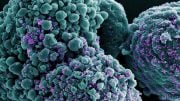
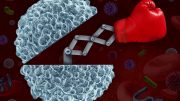

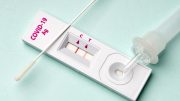
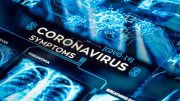

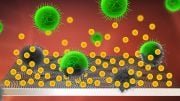
Paxlovid………… LMFAO